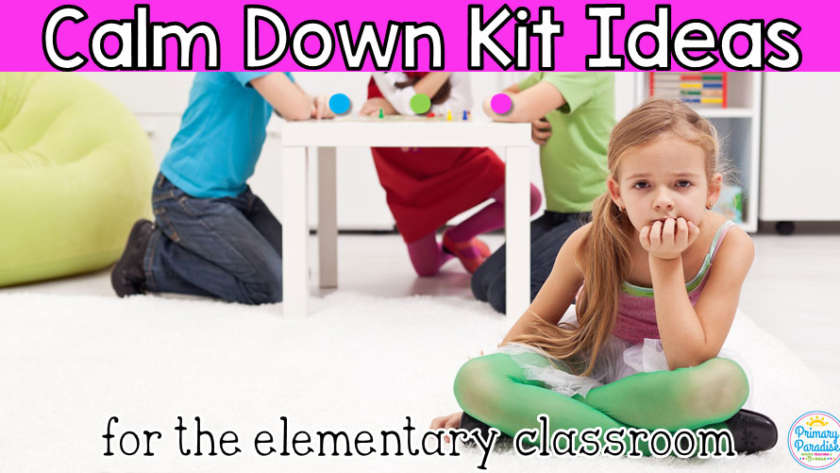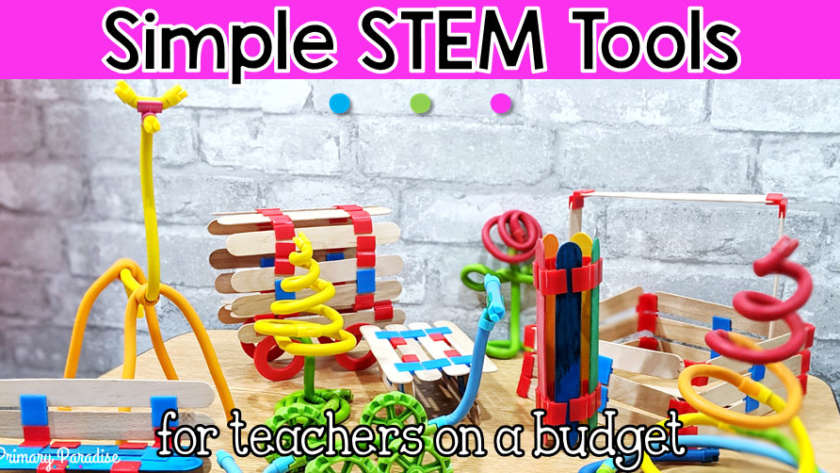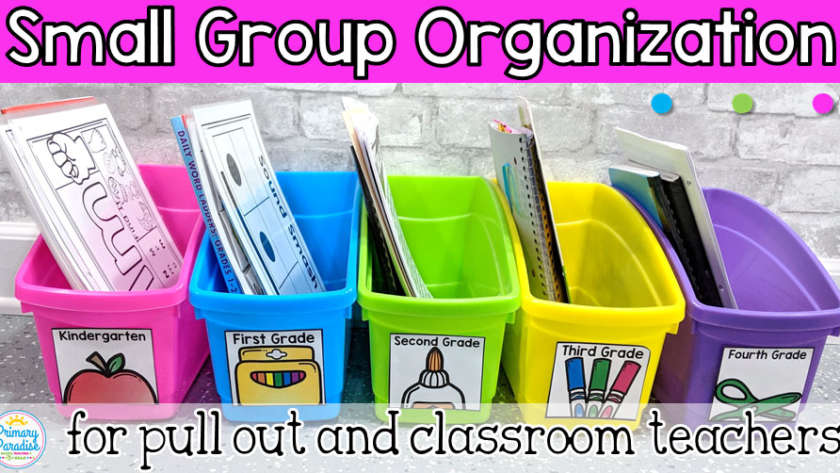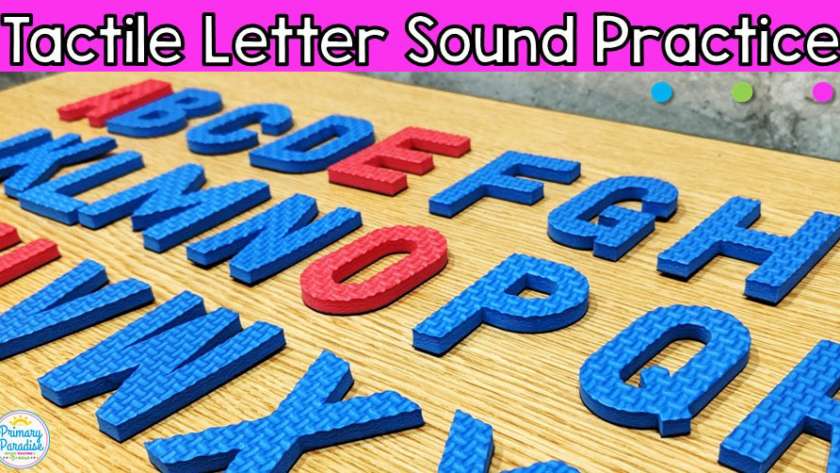Help students to self regulate when they’re upset with a calm down kit. It provides students with a safe space to process emotions and feelings. It’s particularly helpful for students with sensory processing needs. It teaches students life long coping skills, cuts down on classroom management issues, and takes some of the burden off of you as a teacher. But,…
STEM activities are fantastic for teaching students critical thinking, problem solving, and creativity. Maker spaces and guided STEM activities are such a great way to encourage these skill in your students, but getting quality STEM resources can be hard for a teacher on a budget. Here are two fantastic,STEM tools that can be again and again. I’d like to thank Steps…
Small Group Organization for Reading Intervention Teachers (and Classroom Teachers too!)
December 2, 2018Staying organized as a small group intervention teacher is probably one of the hardest parts of my job. In fact, it’s the one area I know I personally struggled with when I went from being a classroom teacher to a Title 1 Reading Intervention teacher last year. Small group organization is SO important to keeping groups running efficiently. Even if you’re a…
Christmas crafts are probably a must in your classroom. As the weather gets cold and we approach the winter holidays, it’s definitely a time when crafts are king. Parent gifts are often expected. Crafts are a great way to keep antsy kids engaged as winter break approaches. However, it can be really easy to break the bank and lose your…
Learning letter sounds, letter formation, and building words is an important skill. When done in a tactile and hands on way, students are more likely to remember the skills. It can also help them learn faster. And, of course, it’s simply more fun! We all know that many students benefit from tactile input when learning and reviewing new skills. However,…




